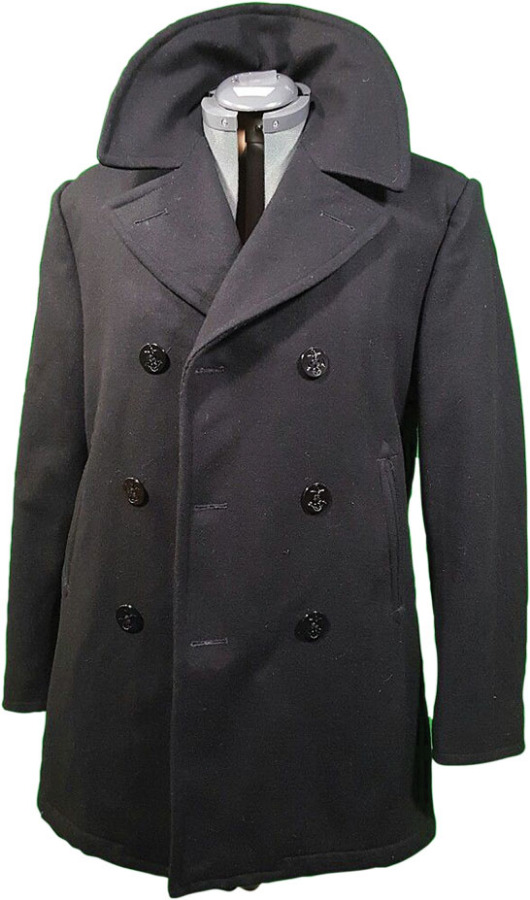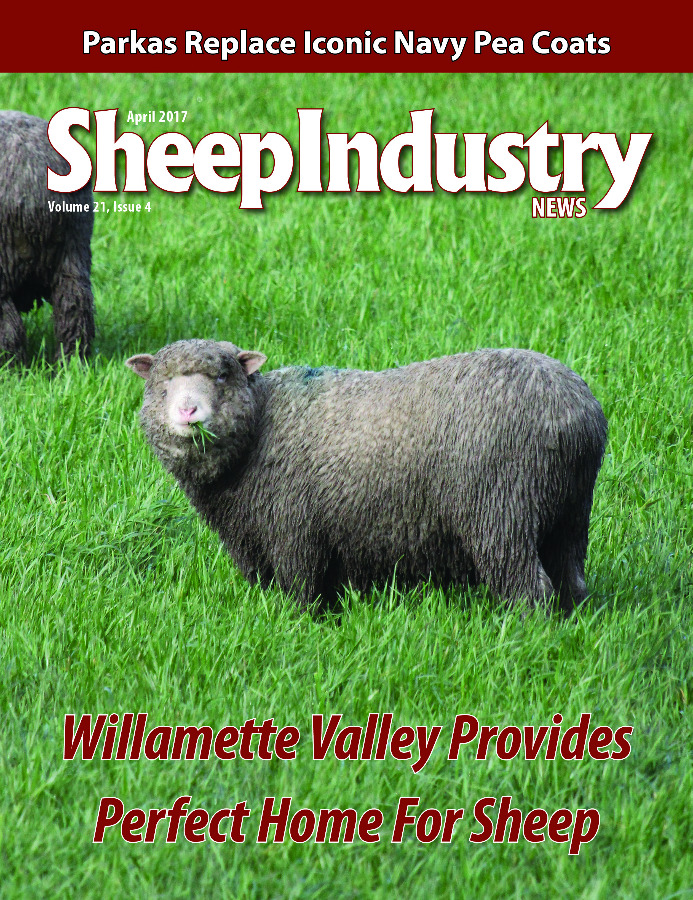Navy Abandons Iconic Pea Coat
ASI has been following the developing news about the U.S. Navy’s replacement of its iconic wool pea coat with a nylon parka. This would eliminate the 40,000 to 42,000 wool pea coats the Navy contracts annually, which by ASI’s estimate uses approximately 200,000 pounds of clean wool, combed at Chargeurs Wool.
 While ASI remains engaged with policy-makers on behalf of our nation’s wool producers, David Trumbull, principal of Agathon Associates, highlighted the issue in a Providence, R.I., newspaper in March. Agathon Associates consults on textiles, international trade and information technology systems.
While ASI remains engaged with policy-makers on behalf of our nation’s wool producers, David Trumbull, principal of Agathon Associates, highlighted the issue in a Providence, R.I., newspaper in March. Agathon Associates consults on textiles, international trade and information technology systems.
Since 1967, Sterlingwear of Boston, an East Boston manufacturer of outwear, has been the official supplier to the U.S. Navy of the pea coats that are so emblematic of that branch of the service. Now the Navy has announced that it plans to abandon a centuries’ old custom, eliminate the navy-blue wool pea coat from sea bags and replace it with a black nylon parka made in Puerto Rico.
“The negative impact that this decision has on our business is unparalleled in our long history of working with the U.S. Navy,” said David Fredella, vice president and chief operating officer of Sterlingwear of Boston. “The numerous small businesses that rely on this product and the many employees that will be affected by this decision cannot be overstated. It is imperative that this decision be revisited and reversed.”
Sterlingwear of Boston has enjoyed a long and mutually beneficial relationship with the U.S. Navy. In times of need, the Boston manufacturer has responded and provided the necessary pea coats when needed, as well as accommodating design and material changes through the years.
“The impact of this decision is far reaching and will affect the lives of so many who currently work in the textile and apparel industry, which is already severely impacted by the loss of manufacturing and jobs to overseas,” said Jack Foster, director of marketing at Sterlingwear.
The new parka will be worn shipboard and is not flame retardant. It is constructed of nylon and other synthetic materials. Wool, as in the traditional pea coat, is naturally flame resistant, with wool being one of the greatest natural, biodegradable, flame-resistant fibers known to the industry.
The effects of this ill-considered plan will ripple throughout Boston and New England. Every small East Boston business frequented by Sterlingwear employees will see a downturn in business if the garment maker is forced to lay off workers due to the loss of this contract.
Two of Trumbull’s clients – American Woolen Company in Stafford Springs, Conn., and Northwest Woolen Mill in Woonsocket, R.I., – are the principal suppliers to Sterlingwear. Both companies take sheep’s wool and transform it into the durable, warm and attractive fabric that Sterlingwear uses to produce a proudly made in America pea coat.
I’ll let Sterlingwear have the last word, said Trumbull.
“To discontinue this garment that means so much, to so many, will be a disservice to those who have proudly worn or who currently wear the U.S. Navy pea coat,” Foster concluded.


